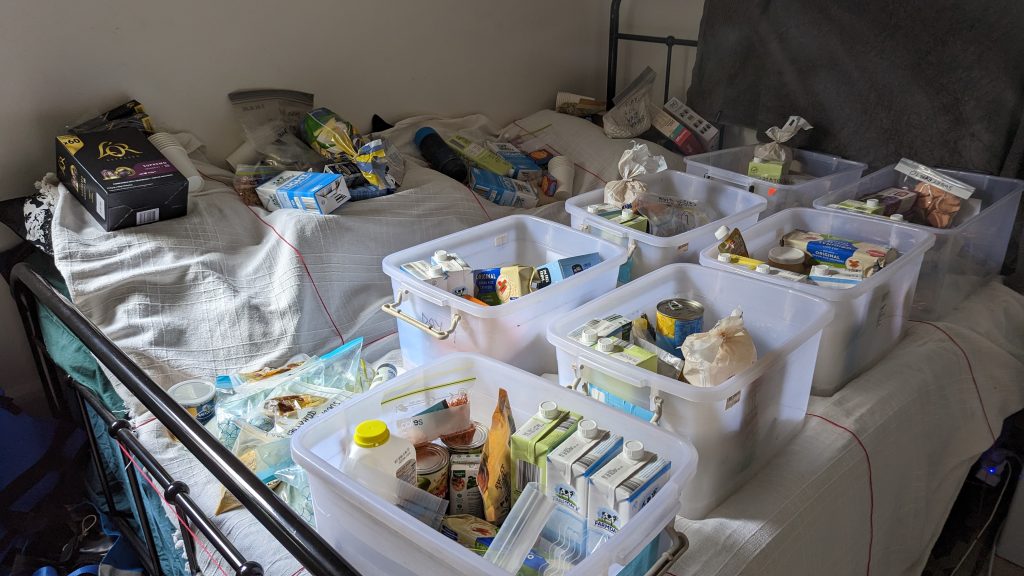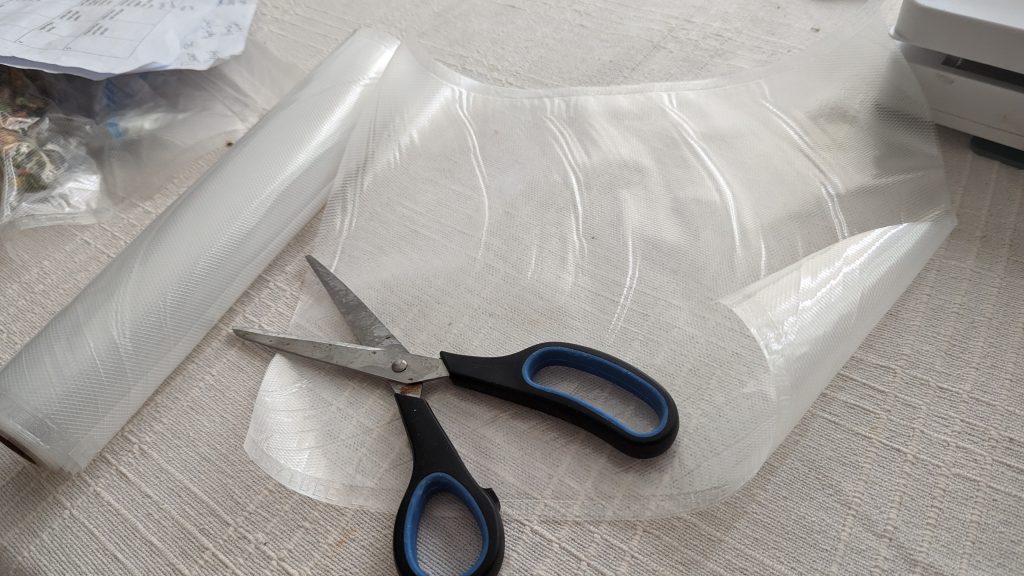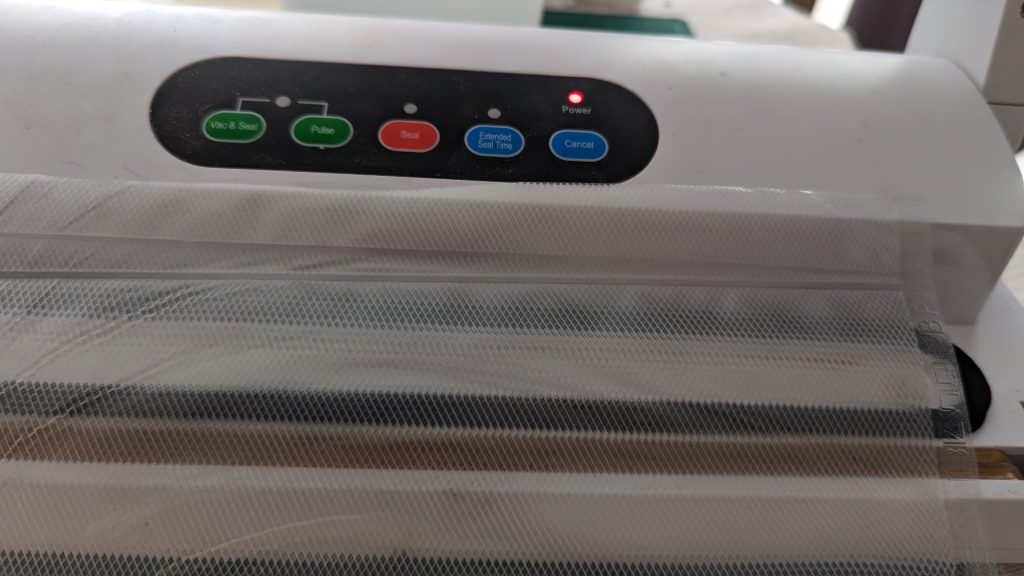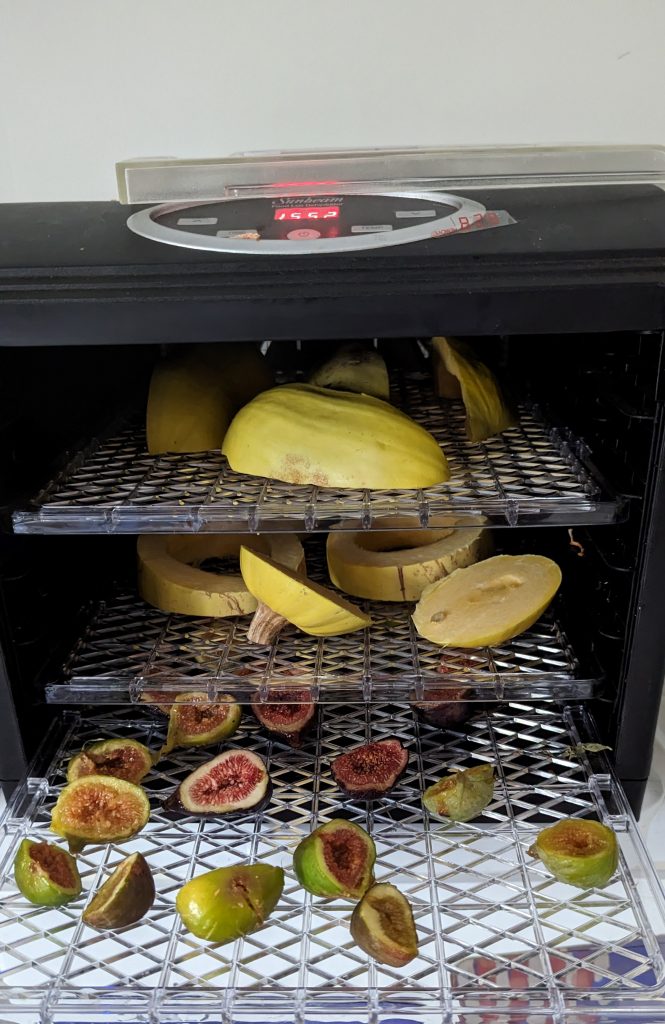Most of our trips head out to remote areas but we usually have the opportunity to restock every four or five days or so. We carry three fridges and find that this enables us to offer a wide range of fresh food for our meals. However, our first major trip of 2023 is out to Rudall River National Park and this area is extremely remote: we are ten days without a restock. With a six passenger load and two staff that means a lot of food.
I start planning very early on. I make myself a spread sheet and I divide and number it into the days of the trip. I then mark what days I can restock on and each day is divided into three meals, plus morning/afternoon tea. I then work out my meals, based on how long fresh produce will last and when I can restock. Each meal is listed, with components. For example, breakfast would be listed as hot dish/fruit/yoghurt cereal, with the hot dish being different each day. Dinner would be nibbles (crackers/snacks/dip); soup; main (protein/carb/vegie x 2) and dessert. Lunch will be a combination of leftovers from the night before and new items but again always includes a carb, a protein and vegetables/salad.
I make sure that I don’t repeat meals and that there is a degree of variety. For example, lunches might have crackers and crispbread one day, wraps the next and a flatbread the next (I make the flatbread myself in the morning). The spreadsheet ends up looking a little like this:

It is a definite work in progress and I write little notes alongside for myself, along with any specific dietary requirements I need to adapt to. I will print and reprint this several times as I change it. I make sure that I list every component of every meal, even down to how much milk for the day and what herbs and condiments I will need. This means I need to work out how much each person will consume. Fortunately, I’ve done a lot of catering over the years and I generally find that my estimates are pretty accurate, erring on the side of generous. One thing we do not want to do on tour is starve you!
From there I take the queen bed in my spare room and I divide it into a grid system, corresponding to the days of the tour. I place a container in each square and I number the container with the tour day and I start to accumulate the dry good shopping for the trip, according to my list. There is a lot of shopping to do and I hate it so incredibly much; I find it easier to do it in small doses. So now my spare room looks like this:

I still have some more containers to get but the food items are piling up in the squares that you can see defined by the red wool.
The various items I need are measured and bagged into individual ziplock bags and the container number written on them as well as a description of their contents. If they need to be reconstituted (ie mixes that have been separated out) I will also add what proportions and any recipe needs that I might find hard to remember.
I break things down as much as possible, using my vaccuum sealer. For this remote trip, where we have to take all our rubbish out, I don’t want glass. Cans can be bashed flat, bottles and bags squashed down but glass just takes up room. Anything in glass gets put into a durable bag and sealed into a pouch.

The material comes in a long roll which you cut off. It is already sealed on the two side edges so you only have to seal the bottom and the top. I usually run a couple of seals each way for double strength. Once its sealed along the bottom you can add the contents, seal the top and I’ll label it and pop it into its relevant box.

I always make sure that all the air is sucked out of the bags by using either the ‘vac and seal’ button or the pulse button, which sucks the air out in short bursts and you then decide when to press the ‘seal’ button. The ‘pulse’ mode is better for liquids as you can stop it before the liquids are pulled into the sealing area, which makes it too wet to seal. I also add an oxygen/moisture absorber. My daughter saves these for me from her work (she deals with lots of medications).
I’ll buy the meat required for the trip the day before and I will cryovac it using this method. Cryovacced tight and kept in a fridge, it will last until the first restock.
For a trip like this one I also dehydrate a lot of my own vegetables. Years of wilderness backpacking have taught me what works and what doesn’t and I bought myself a really good dehydrator. I dry all my own herbs, quite a lot of vegetables and even use it to prove bread dough.

In this run I am dehydrating figs and spaghetti squash. Once they are dry (between 18 to 26 hours) I will vaccuum seal the, When I am drying items for rehydration, such as vegies, I will first put them inside a sturdy ziplock bag (the ones from Ikea are the best; leakproof and you can wash them out and reuse them a lot) and then the outer layer. This means that when I open it I can just put the water in the ziplock bag a few hours before and let it rehydrate without mess.

When I’ve made/bought all of the food items required from my list, I go through each box and tick the items off. Then I attach a laminated copy of the items to the outside and label the box with the day of the tour and the planned meals. This means that I don’t have to go scrambling through a lot of containers of other stuff and I know exactly what is each box. Then I load them into the trailer in the order I am going to use them.
We carry three fridges on tour and each one is allocated to a specific foodstuff: meat, dairy and fresh produce. I will buy all of these items as last minute as possible so they stay fresh as long as possible. However, we will switch over to UHT milk after the first couple of days and I will make my own yoghurt as we simply don’t have the space to carry it fresh. We can’t carry enough fresh bread (we take rye bread because it lasts the longest) so I will make dampers and flatbread as we go along.
It does seem like a lot of organisation but I’ve found that’s what works best for me. I need to have a very clear plan of what I’m doing. Because I drive as well as cook, I get pretty tired and fuzzy brained at the end of the day. If I make it idiot proof, then I don’t have to think too much! It also has the advantage that if I’m incapacitated in any way (or I can’t be on tour) then my substitute can manage.
